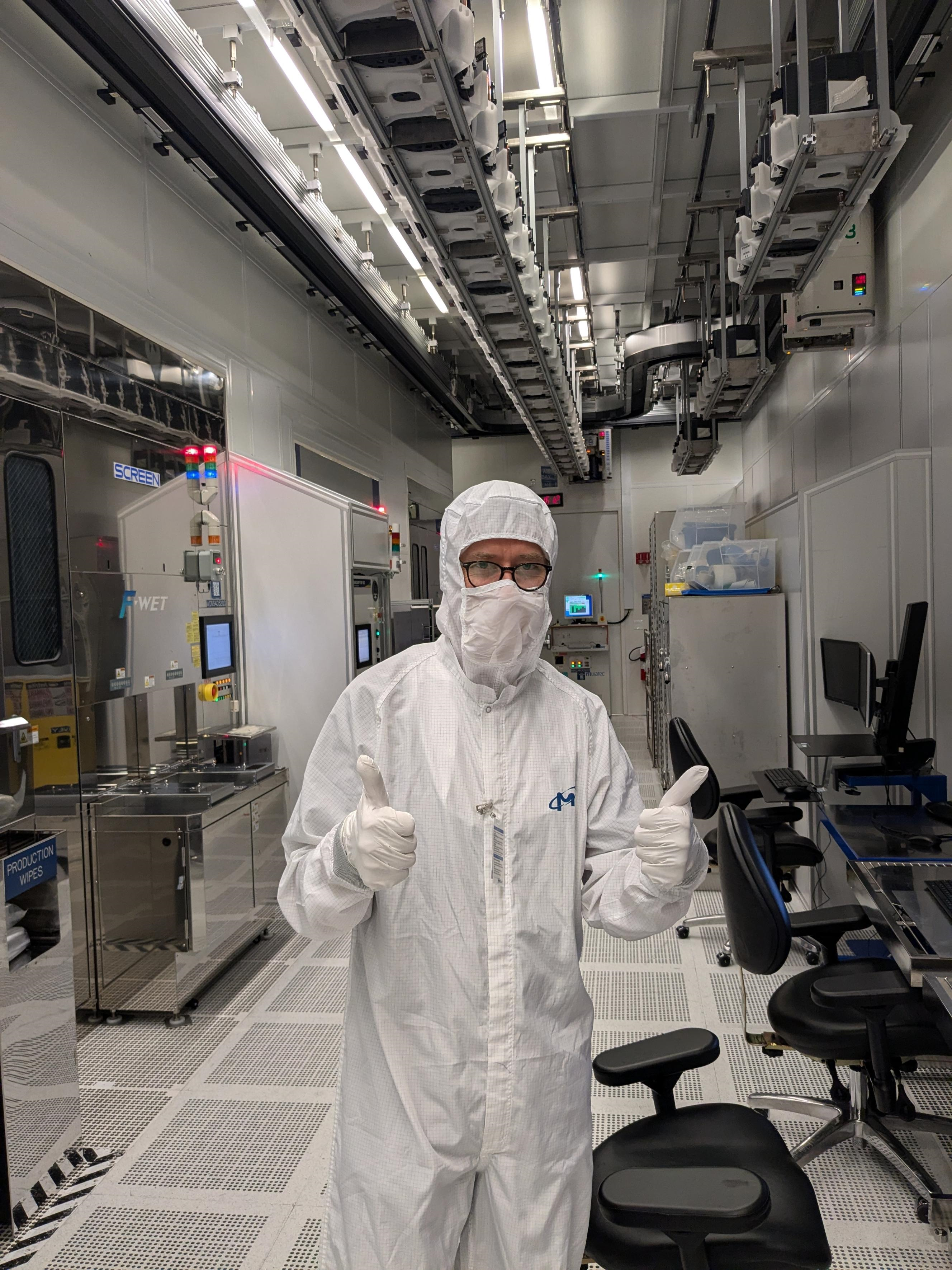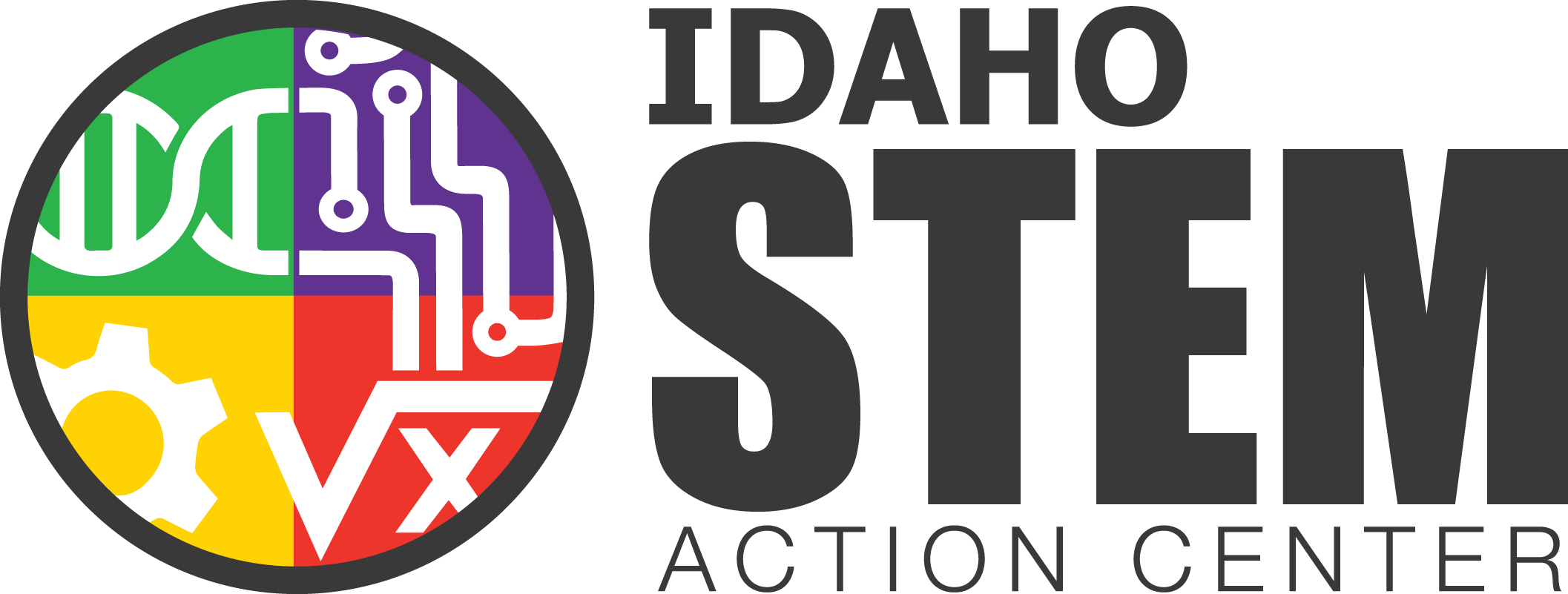Todd Fogdall at Micron Gives
 I was able to leverage my experience with K12 outreach programs to complete an evaluation of Careers in a High Tech World, one of many STEM outreach programs that Cathy Ammirati administers through Micron’s philanthropic arm, Micron Gives. This program evaluation allowed me to experience Micron’s culture and day-to-day life at levels I didn’t expect, including an in-depth tour of Micron’s research and development fabrication facility, where Micron’s team members craft state-of-the-art semiconductor “recipes” that are used in their high-volume production facilities around the world. Thanks in part to the CHIPS and Science Act, high-volume production will return to Boise in 2025 when the company’s new ID1 facility, currently under construction, comes online in 2025. Micron needs employees to fill thousands of positions at these new facilities in Idaho, as well as at new facilities in upstate New York, so the influence of K-12 programs is a high priority for the company.
I was able to leverage my experience with K12 outreach programs to complete an evaluation of Careers in a High Tech World, one of many STEM outreach programs that Cathy Ammirati administers through Micron’s philanthropic arm, Micron Gives. This program evaluation allowed me to experience Micron’s culture and day-to-day life at levels I didn’t expect, including an in-depth tour of Micron’s research and development fabrication facility, where Micron’s team members craft state-of-the-art semiconductor “recipes” that are used in their high-volume production facilities around the world. Thanks in part to the CHIPS and Science Act, high-volume production will return to Boise in 2025 when the company’s new ID1 facility, currently under construction, comes online in 2025. Micron needs employees to fill thousands of positions at these new facilities in Idaho, as well as at new facilities in upstate New York, so the influence of K-12 programs is a high priority for the company.
Evaluating Careers in a High Tech World required interviewing almost two dozen Micron employee volunteers, as well as a handful of school district participants and students. As most people are aware, students from underrepresented and/or marginalized communities are usually not provided the same level of exposure to the possibilities provided by a career in STEM, and the results of my evaluation showed that while these programs work well for students with pre-existing interests in STEM, they often fail to capture the imaginations of students from those marginalized areas, including rural and economically disadvantaged communities in Idaho.
The research on these kinds of “informal learning experiences” is that, much to teachers’ chagrins, they often have more influence on students than the formal experiences they get in traditional school settings. More importantly, however, is that students are able to see themselves in the people they interact with when visiting sites like Micron’s. As they say, “You can’t be what you can’t see.”
Ultimately, my recommendations for the program, in addition to a few logistical suggestions, are that Cathy and her team equip Micron employee volunteers with methods and strategies for engaging with students more deeply, with the hope that they will take those experiences and use them in bringing a career in STEM to fruition.

